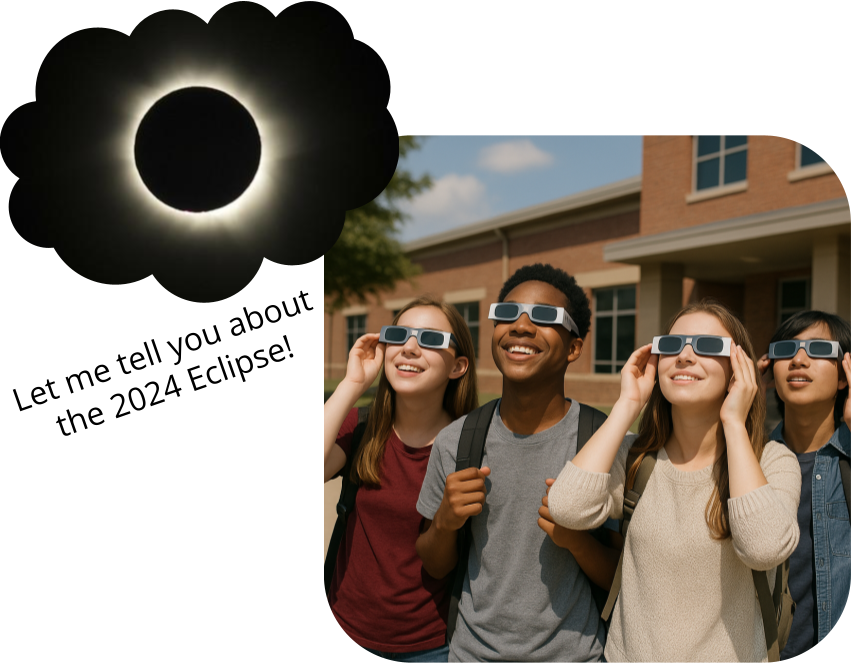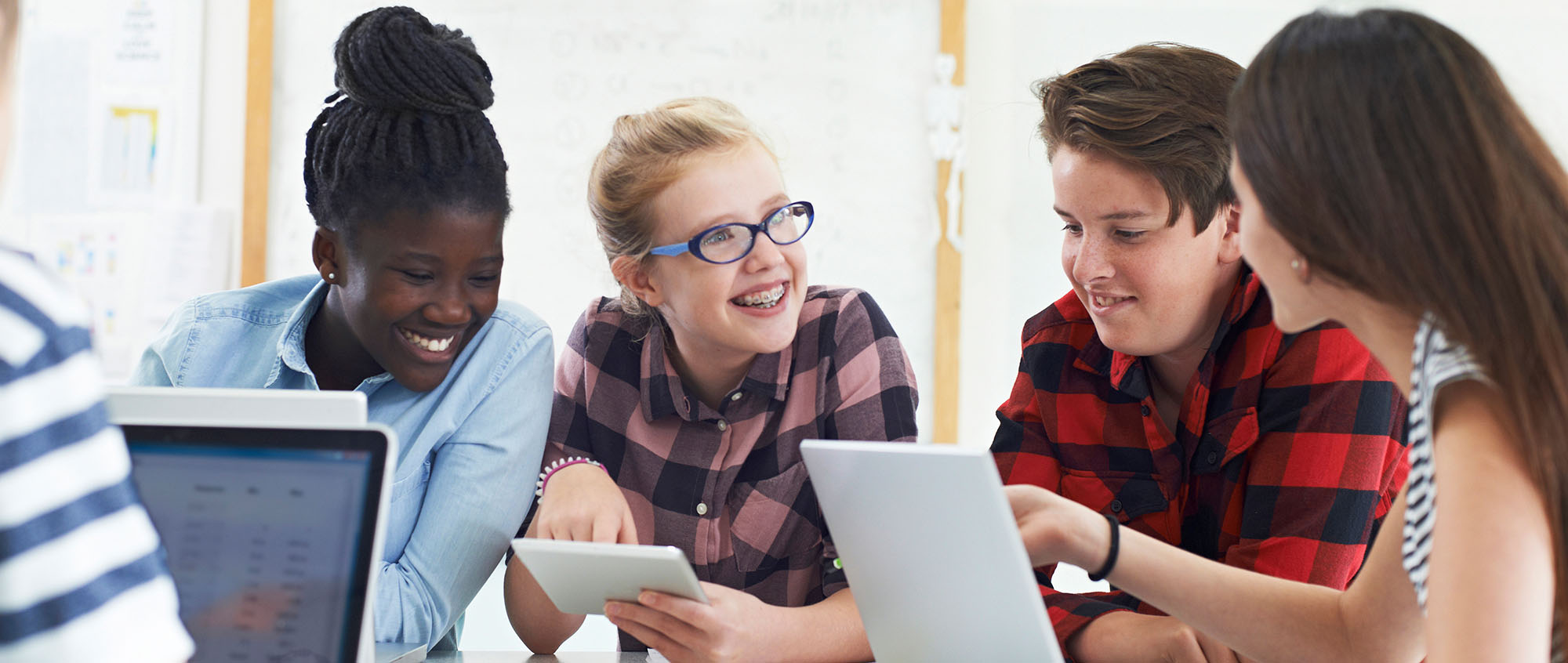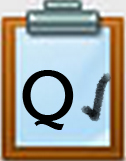Q2 Find Your Story? Where Am I Headed?
The road ahead
Now that you have explored different elements and features of digital stories and learned about the three types of stories, it is important to understand the expectations.
Check with your teacher about:
- Specific expectations and requirements for this activity and your completed story.
- What is expected, and how much time will you have?
To create an extraordinary story, sometimes memorable events that have impacted your life are perfect topics.
Review the list of Tips for creating a digital story.

Tips for Creating a Digital Story
Creating a digital story can be a fun and exciting project! Follow these points to make your digital story engaging and clear.
1. Dialogue/Script
If you are including conversations between characters in your story, write the dialogue as if you're talking to a friend. For example:
- Character A: "Hey, do you want to help me with the project?"
- Character B: "Sure! I have some great ideas!"
2. Show, Don’t Just Tell
Instead of telling the audience what happens, show it through actions, feelings, and images. For example, instead of saying, "She was sad," you could write, "Tears rolled down her cheeks as she stared at the empty playground," and use images that express the feelings.
3. Describe the Media that will support your story
Think about how images or video clips can support your script. Describe what media will accompany each part of your story. For instance, if your character is exploring a forest, you might include pictures of trees and wildlife.
4. Revise Your Storyboard
After writing your first draft, read it out loud. This helps you hear how it sounds and catch any mistakes. Ask a friend or family member for feedback.
6. Practice Your Delivery
Once your storyboard is ready, practice reading it aloud. Pay attention to your tone and pacing. Make sure you express the emotions of the characters.
Competencies & Standards
MITECS Michigan Integrated Technology Competencies for Students, and
3. Knowledge Constructor
a. Plan and employ effective research strategies to locate information and other resources for their intellectual or creative pursuits
4. Innovative Designer
a. Know and use a deliberate design process for generating ideas, testing theories, creating innovative artifacts or solving authentic problems
6. Creative Communicator
a. Choose the appropriate platforms and tools for meeting the desired objectives of their creation or communication
b. Create original works or responsibly repurpose or remix digital resources into new creations
c. Communicate complex ideas clearly and effectively by creating or using a variety of digital objects such as visualizations, models or simulations
d. Publish or present content that customizes the message and medium for their intended audiences
Websites and Documents
Websites
- None
21t4s Documents & Quizzes




